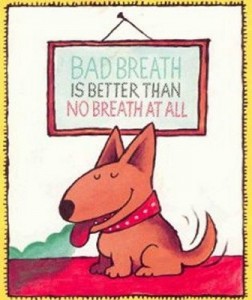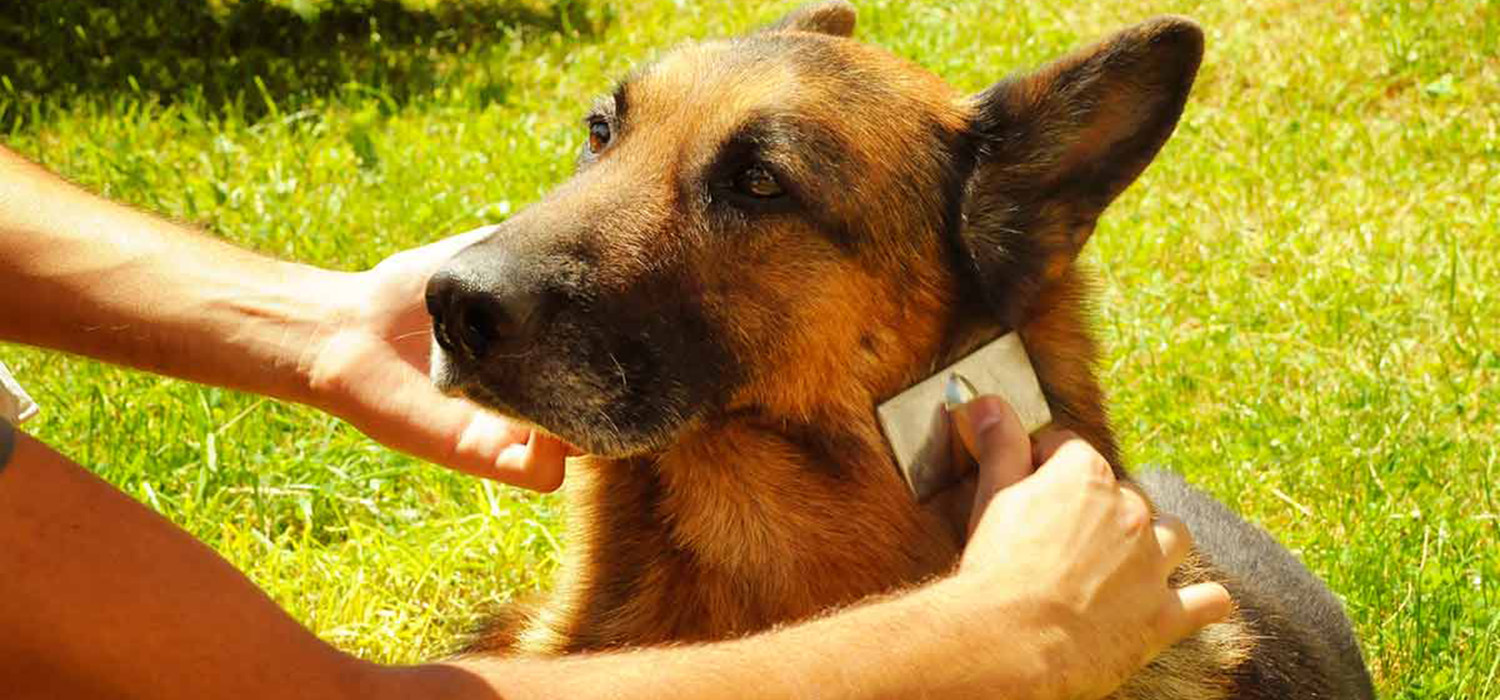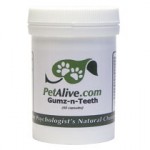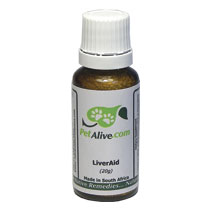 Bad breath (halitosis) in dogs is caused through a symptom of some health issue with the mouth, gums and teeth or it can be caused through an internal health problem which manifests itself in a nasty odor from the mouth area. The odors are stronger and much more pungent than normal dog breath and can be very offensive. We will discuss some of the causes and what can be done about them.
Bad breath (halitosis) in dogs is caused through a symptom of some health issue with the mouth, gums and teeth or it can be caused through an internal health problem which manifests itself in a nasty odor from the mouth area. The odors are stronger and much more pungent than normal dog breath and can be very offensive. We will discuss some of the causes and what can be done about them.
Gums and Teeth
Bad breath is usually the first indication that your pet’s teeth and gums need attention. Bacteria in the mouth and the development of calculus produce foul-smelling breath in pets.
Regular inspection of the teeth is also a good idea to establish your pet’s level of dental health. Normal teeth in pets are shiny white all the way to the line of the gum. Any deposits or build up of a dark yellow or brown substance on the teeth, especially near the gum line, indicates a problem with calculus. Chewing on hard food generally cleanses the teeth of calculus, especially the tips of the teeth. However, be aware that the gum line is slightly indented and can harbor the calculus-causing bacteria for months on end without being affected by your pet’s eating.
The gums should appear a healthy pink color and there should be a clear delineation between gums and teeth.
Gumz-n-Teeth is a 100% safe proprietary blend of natural and herbal ingredients in an internal formula for promoting general dental health in pets. This formula also has a positive effect of systemic functioning as a whole.
Tumours In The Mouth
A very pungent bad breath can be an indication that your dog has a tumour in the mouth. Look out for signs of abnormal lumps, difficulty in chewing or swallowing, bleeding, overgrowth of gums or lesions and sores.
If your dog has any signs of the above immediately get him/her to a vet for observation. Quite often by the time these symptoms appear the disease is well established.
Keep Your Dog Healthy From the Inside
A dog’s bad breath can also come from within. If the liver and kidneys are not functioning properly it can cause all sorts of health issues. If your dog’s teeth and gums and mouth area are looking healthy then it’s quite likely that the problem needs to be dealt with internally. Starting your dog on a complete de-tox programme to help the system cleanse itself is a great way to start.
Herbal and homeopathic remedies have a long history of successful use in supporting liver, gallbladder, and pancreatic health and functioning. Used as part of a holistic approach to health, natural remedies can help to provide your pet with essential nutrients, while active ingredients contained in the remedies can make all the difference in supporting the health of your pet.
LiverAid combines herbal and homeopathic remedies in a unique formula which is both effective and safe for dogs and cats. Promoting the health of the liver, gallbladder and pancreas, LiverAid helps to support the production of insulin and bile and helps to maintain the body’s ability to eliminate toxins from the system.
TESTIMONIAL
My friend used the above products recently when her German Shepherd x had bad breath. She was delighted with the results that Gumz-n-Teeth combined with the LiverAid had on her dog. The bad breath was gone within a matter of days.



